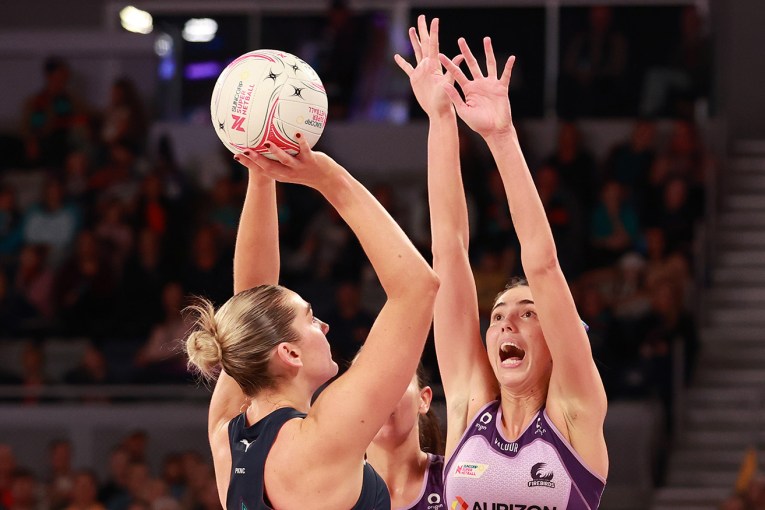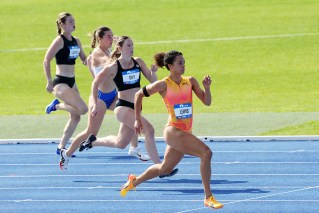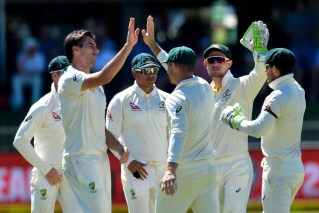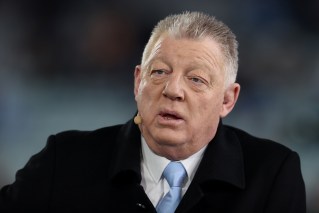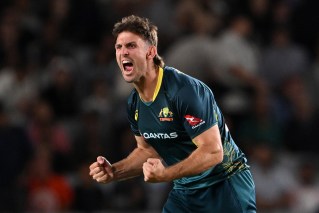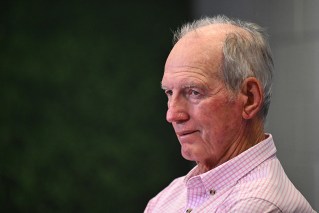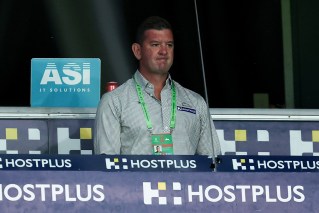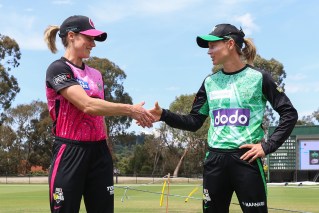As legendary Ablett sues over brain damage, the calls grow to prevent concussion in sport

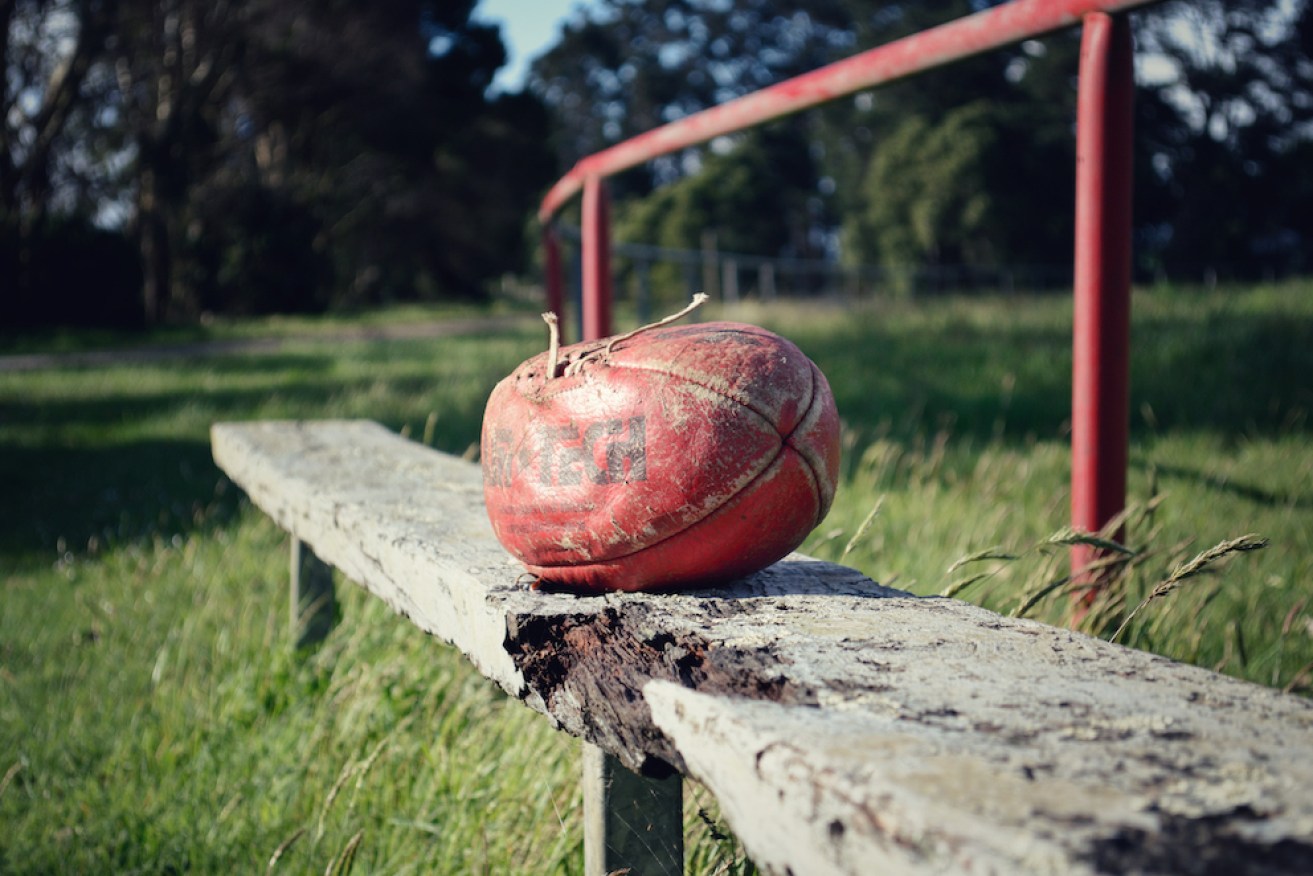
More awareness on the dangers of head injuries and CTE is needed within sport. Photo: Getty
As athletes come forward with lawsuits amid concerns that repeated head injuries have led to long-term damage, the evidence increasingly supports the need for a paradigm shift in sport.
Peter Jess, an AFL agent, has been a concussion advocate for about 40 years. He has seen players go through their career to become shells of their former selves.
He told The New Daily he has talked former footballers out of suicide, and has been there for families of those affected.
“We need to be proactive with prevention, rather than just simply accepting that playing football and brain damage are partners,” he said.
Neuroscientist Dr Alan Pearce told The New Daily it has been known for decades that repeated hits to the head can lead to pathological damage, but mostly the awareness surrounded boxing.
It wasn’t until the early 2000s that the first case of neuro-degenerative disease was identified outside of boxing, he said.
Chronic traumatic encephalopathy (CTE) is caused by repeated blows to the head – an athlete doesn’t even need to be concussed.
Soccer might be a non-contact sport, but CTE occurs in soccer players because they repeatedly hit the ball with their head, Dr Pearce said.
“So it’s a disease of exposure,” he said.
Just last month, the NRL’s chief medical officer accepted the link between repeated head trauma and CTE, The Guardian reported.
The first Australian to be diagnosed posthumously with CTE was NRL player and coach Steve Folkes.
CTE can only be diagnosed post-mortem, and more research is needed to determine the rate of it in AFL, Dr Pearce said, but it can have severe effects on athletes.
Even if the rate was 1 per cent, that’s still a pretty high risk.
“If you lined up 100 of the boys at 17 or 18 years of age in the draft and said ‘one of you is going to get dementia’, I don’t know how they would go with that,” Dr Pearce said.
Gary Ablett Snr not the only player
On Tuesday, football great Gary Ablett Snr announced he is suing the AFL and his two former clubs over compensation for ongoing damage suffered from concussions.
The news comes a month after the former Geelong player announced he was diagnosed with brain damage.
Although Ablett is the most high-profile player to come forward with claims his repeated concussions have led to damage, he is not the first, nor is he alone.

Gary Ablett, popularly referred to as ‘God’ by Geelong supporters, is the highest-profile player to reveal his concussion issues.
A class action led by former Melbourne player Shaun Smith, Adelaide Crows premiership player Darren Jarman and the family of the late Shane Tuck was launched last month.
A separate class action from Margalit Injury Lawyers is also seeking up to $1 billion in compensation from the AFL.
“He’s one of many and I think that’s the important thing,” Dr Pearce said.
“It’s not just him, but there’s dozens, possibly hundreds of other football players, both young and old, who are struggling with neurological issues post career that we really need to be acknowledging.”
How does sport move forward?
“We can’t change the past, but we can certainly improve the future for athletes and we need to,” Dr Pearce said.
People like Dr Pearce aren’t trying to stop sports like AFL or NRL from existing, but rather, trying to bring awareness to what athletes might be getting into.
“Players just need to know what those risks are,” he said.
“Part of the issue right now, and what we’re seeing with these lawsuits and class actions is that the players are saying they never advise you that dementia or neurological impairments could be the result of them playing this sport.”
The risk of CTE and what comes of the disease needs to be clearly articulated to players entering the draft, Dr Pearce said.
There’s also space to evolve how athletes play and train for the game, whatever the code.
World Rugby has limited contact training to just 15 minutes per week – Dr Pearce said there is evidence that this is a better way to train.
There needs to be a “real paradigm shift” in how all athletes, especially elite athletes, are treated and how games can be more about smarter play and tactics in Australia, he said.
Beyond professional AFL and NRL and changing things up to reduce exposure, Dr Pearce said more can be done on lower levels.
In Australia, codes like AFL and NRL have concussion policies in place that must be followed in the event of a concussion, or a suspected one.
However, Dr Pearce reiterates it’s not just concussions that are causing long-term harm, it’s repeated hits to the head and as the Australian Sports Brain Bank warns, symptoms of CTE can present decades later.
Mr Jess advocates for a constant testing regime in the AFL and says the focus should be on prevention, with steps being taken to mitigate the risk of whiplash while on field.
He also thinks at a minimum, players should be prevented from playing and training for 28 days following a concussion.
“All of the research or clinical trials tell us that the brain needs longer to heal,” he said.
Sporting codes have concussion protocols in place to protect players.
Respect for players and their families
Mr Jess says it’s not just the players who need to be considered, but also their loved ones.
He has had partners of former players tell him they are now taking care of their partners full time, while the family unit goes unrecognised.
It’s also up to clubs to instil respect in their players and change the culture of the game.
“We’ve got to trade in this concept of bravery … about putting yourself at risk to be brave,” Mr Jess said.
“I mean, that’s just simply got to be taken out of football. What we’ve got to think first is: Health, safety and respect [for other players].”
